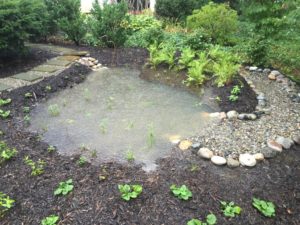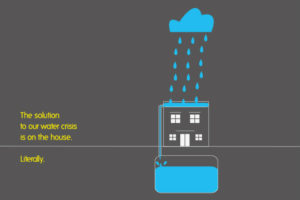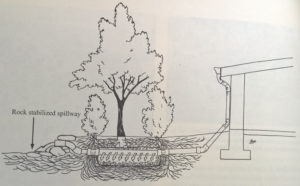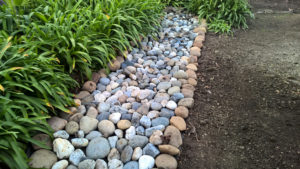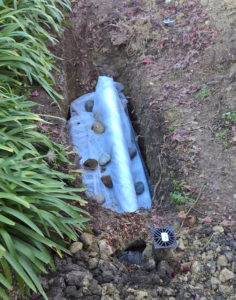UPDATE: 7/29/2022
If you bought a Pacific Hydrostar Portable Utility Pump – Model 65836 – from Harbor Freight you may have noticed extra parts in the box and a label on the pump that says “Check brushes after every 100 hours of use and replace as needed.”
What does this label mean and why should you care? The motor has something called ‘Carbon Brushes’ inside which help to ‘excite’ the motor to make it spin. These will wear down over time and cleaning them every now and then can keep your pump running smoothly. Read on to find how to perform preventative maintenance on your utility water pump to ensure its reliability in the future.

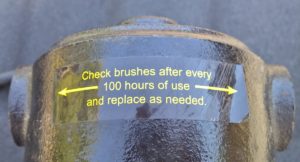
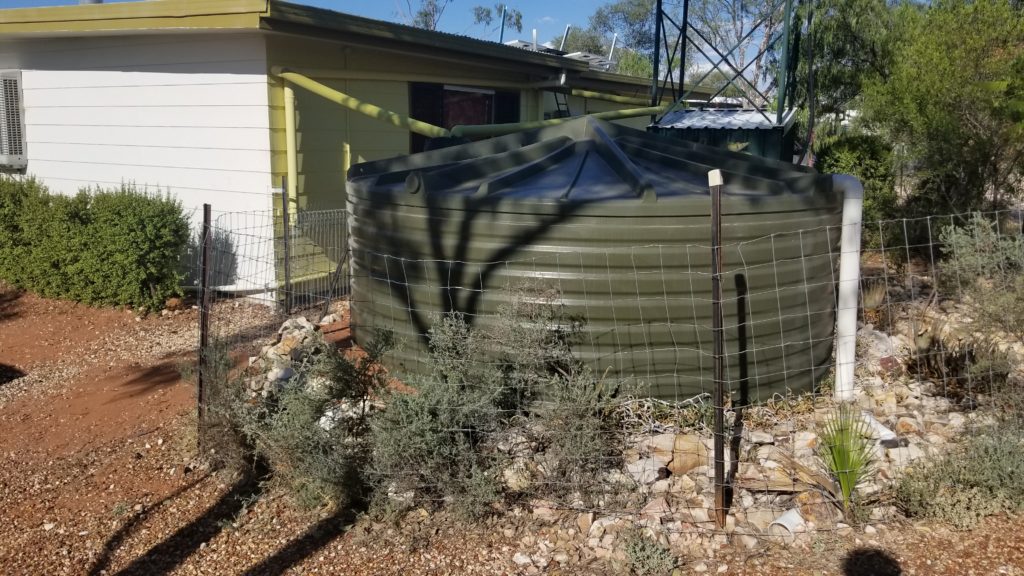
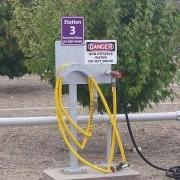 Elk Grove, CA – On May 22, 2017, Sacramento Regional County Sanitation District (Regional San) will re-open its Recycled Water Fill Station for the 2017 season. The fill station is located at the Sacramento Regional Wastewater Treatment Plant in Elk Grove. Recycled water offers residential and commercial users a free, safe and sustainable choice to irrigate lawns, gardens and landscaping or for dust control or other permitted uses.
Elk Grove, CA – On May 22, 2017, Sacramento Regional County Sanitation District (Regional San) will re-open its Recycled Water Fill Station for the 2017 season. The fill station is located at the Sacramento Regional Wastewater Treatment Plant in Elk Grove. Recycled water offers residential and commercial users a free, safe and sustainable choice to irrigate lawns, gardens and landscaping or for dust control or other permitted uses. 
